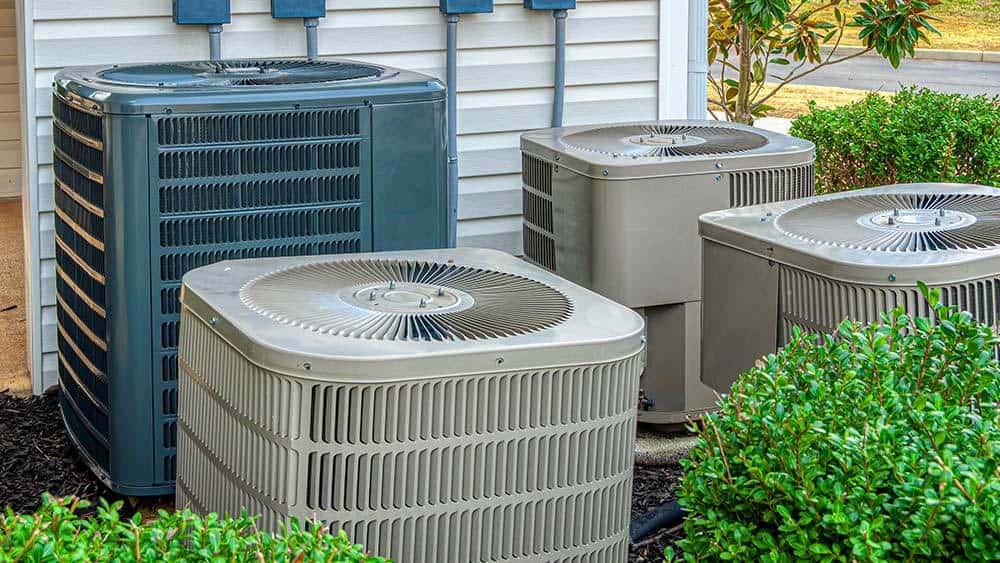
Heating, ventilation, and air conditioning are referred to as HVAC. HVAC stands for heating and cooling of both residential and commercial buildings, as well as the many systems utilized to move air between the interior and outdoor locations. They’re the systems that keep you toasty warm in the winter and cool and refreshing in the summer. They are also the systems that filter and clean indoor air to keep you healthy and maintain comfortable humidity levels.
Table of Contents
How HVAC Works?
The most crucial thing to remember is that HVAC systems move air. In general, there is a mechanism in place to transfer warm air into or out of the home. The heat is captured or created by the air conditioner, heat pump, and furnace in a home, and then moved by the blower and ductwork.
Below we will look at the different HVAC options and how they work?
Heating With HVAC: How It Works
A furnace produces heat by burning its fuel supply or by using electrical energy. The most common fuel source is gas, but propane or oil can also be used.
When it comes to heating, a heat pump operates a little differently. It absorbs and distributes heat from the exterior unit to the interior. It’s not so much about creating heat as it is about transmitting it.
Cooling With HVAC: How It Works
Air conditioners and heat pumps take heat from within a home and transport it to an exterior unit, where it is vented into the atmosphere.
This is where the refrigerant in a cooling system comes into play. The refrigerant might be liquid or gaseous at different pressures. The refrigerant pressures are modulated by the HVAC system based on its location. It may then collect ambient heat and expel it when it reaches a different pressure.
Heat is methodically evacuated from the residence by making many trips from inside to outside and regulating the refrigerant’s pressure correspondingly.
A heat pump, as previously explained, may absorb heat from the outside.
Ventilating With HVAC: How It Works
The most noticeable component is ductwork, which is directly connected to your heating and cooling system.
For releasing surplus heat from heating systems, a chimney flue or vent stack can be used. The efficiency of a furnace determines how much of the furnace’s energy is used to heat your house. The remainder is vented even in the most effective heaters, which may reach 95-97 percent efficiency.
Depending on the equipment, ventilation that exits on the side of the house rather than above it may be required. This is to avoid moisture condensation in the HVAC system, which can cause long-term harm.
Conclusion
While your system should be serviced by a professional HVAC contractor, the more you know about it, the greater chance you’ll have of selecting the ideal system, choices, and accessories for your house. You’ll also be better equipped to select the right HVAC contractor to match your comfort requirements.

